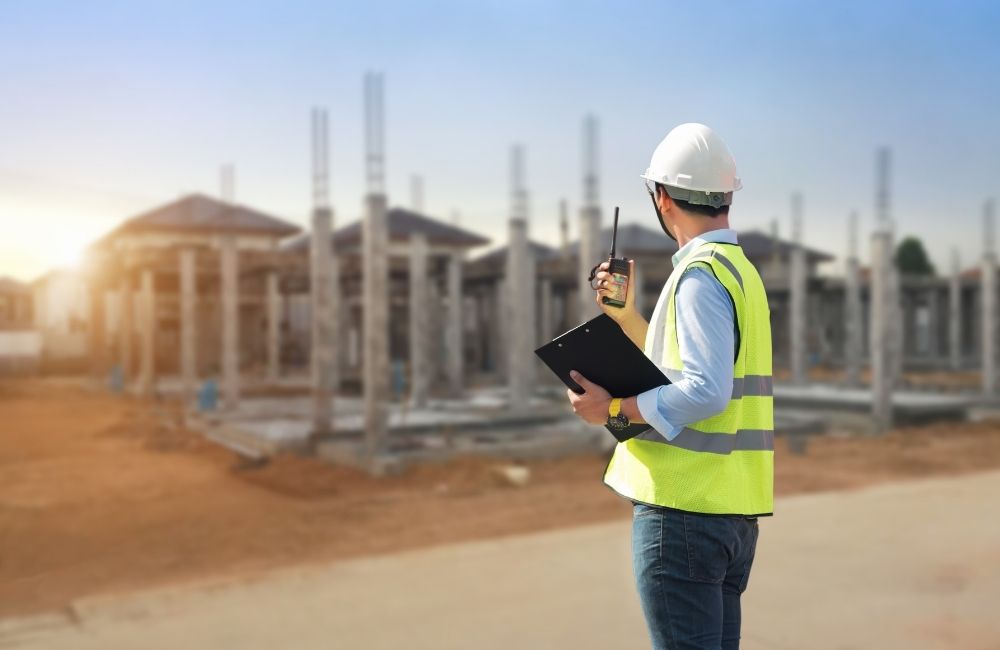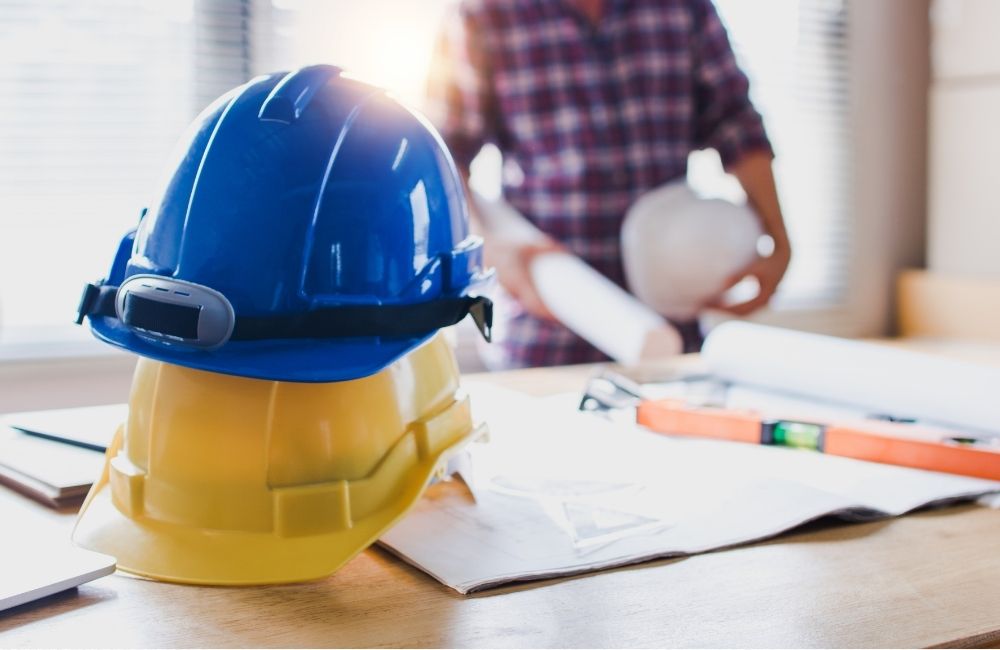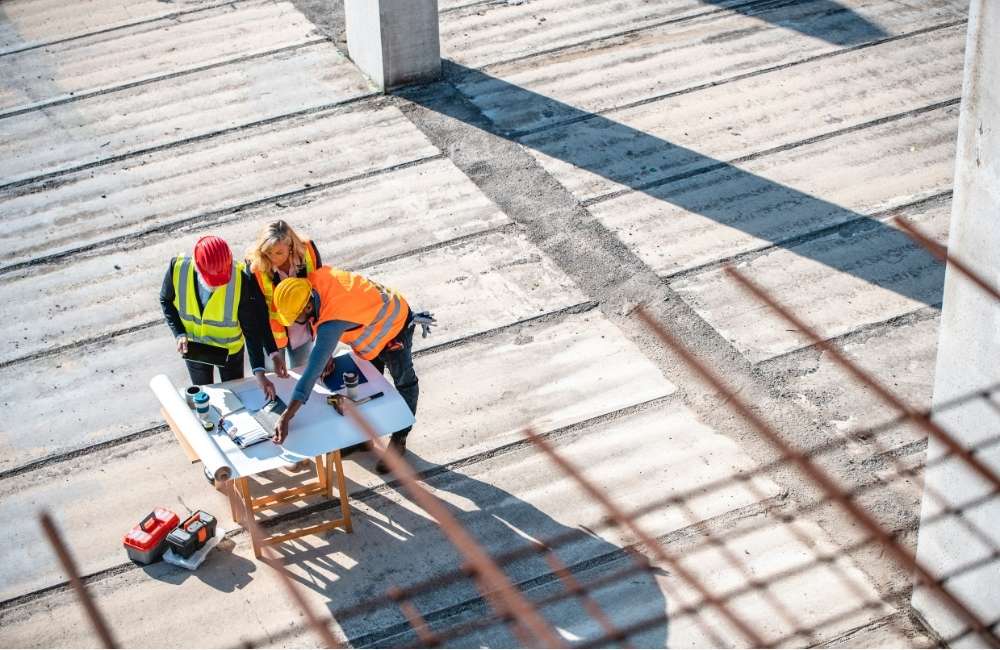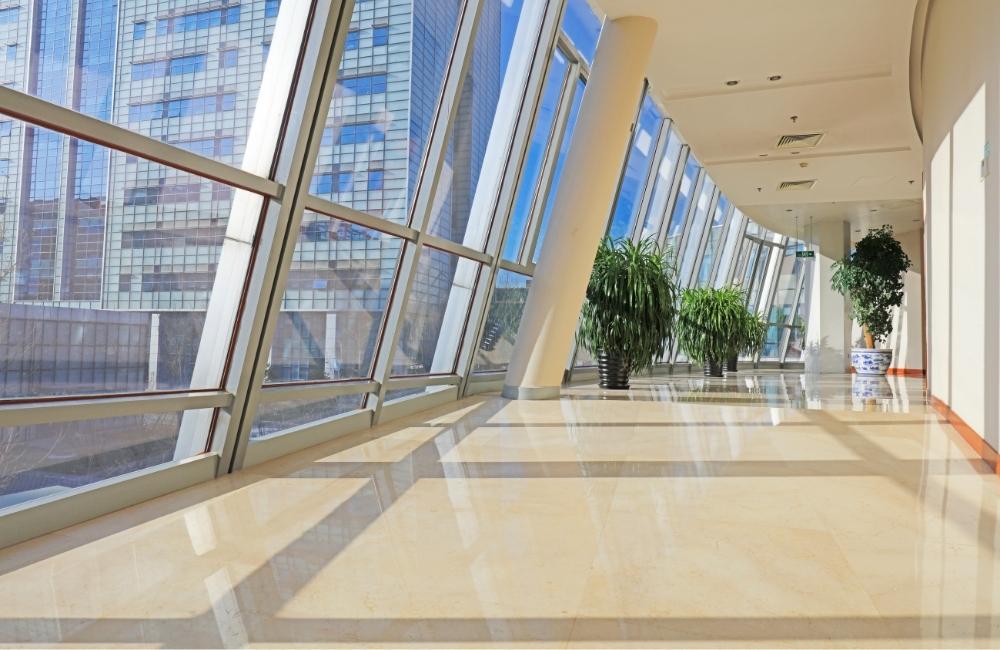Table of Contents
5 Trends Driving Design-Build Popularity
- Streamlined Communication and Collaboration
- Faster Project Completion
- Cost Savings and Budget Control
- Higher Accountability and Reduced Risks
- Enhanced Quality and Innovation
Choose Claris Design•Build for a Seamless Construction Experience!
Key Takeaways✔ Integrating design and construction teams under one contract minimizes miscommunication and enhances collaboration. ✔ Overlapping design and construction phases enables faster project delivery without compromising quality. ✔ Early and transparent cost estimates allow for better budget control and minimize unexpected expenses. ✔ A single point of responsibility reduces disputes and lowers project risks. ✔ Collaborative innovation between design and construction teams results in high-quality, functional, and visually appealing projects. |
The design build construction model is quickly becoming a top choice in today’s construction industry due to its efficiency and effectiveness. Unlike traditional methods, where design and construction phases are handled separately with multiple contracts, design build construction unifies these processes under a single contract and team.
This integration fosters streamlined collaboration, reduces complications, and accelerates project timelines. Given these advantages, it's no surprise that design build construction is gaining popularity across both public and private sectors. In fact, design-build is projected to account for 47%—or $1.9 trillion—of construction spending in the U.S. by 2026.
Here are five reasons why design build construction is becoming a preferred approach.
5 Trends Driving Design-Build Popularity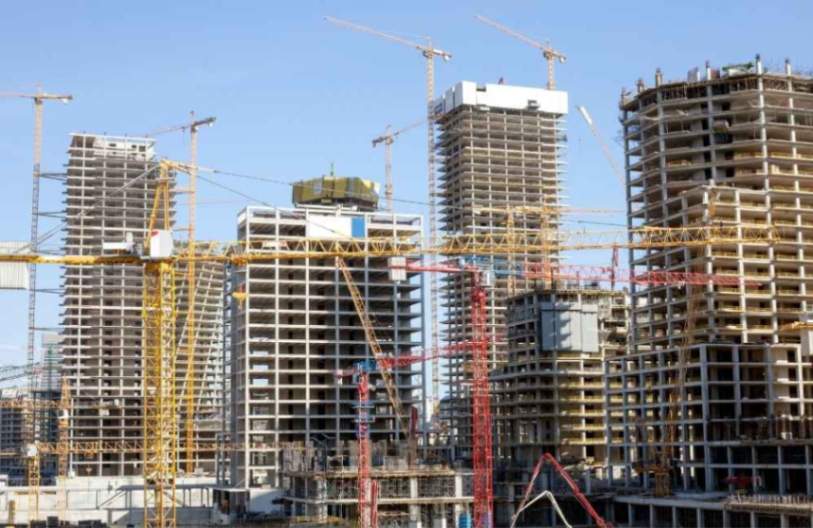
1. Streamlined Communication and Collaboration
One of the most significant benefits of design build construction is the seamless communication it fosters between teams. By having designers and builders under a single contract, the project becomes a unified effort rather than a fragmented one.
- Integrated Teams, Unified Goals: In the design-build model, the design and construction teams are not just working on the same project but toward the same goals under a unified contract. This fosters better alignment between the project’s vision and its execution.
- Reduced Miscommunication and Delays: With a single team handling both design and construction, there’s less chance of miscommunication. Traditional models often see delays due to misunderstandings or misinterpretations between separate design and construction entities.
- Faster Decision-Making Processes: In design build construction, the team can make decisions quickly without waiting for third-party approvals or lengthy consultations. This allows for a more agile approach that keeps the project moving smoothly.
2. Faster Project Completion
The design build construction model can significantly accelerate project timelines. With design and construction phases overlapping, this model reduces overall timeframes while maintaining quality. In fact, design-build projects are completed 102% faster than traditional design-bid-build projects, making it an ideal choice for clients who value efficiency without compromising on standards.
- Parallel Design and Construction Phases: In traditional models, construction cannot begin until the design phase is complete. However, in design build construction, construction can start while the design is still being refined. This overlap shaves weeks, or even months, off project timelines.
- Efficient Workflow: The integrated approach enables a more streamlined workflow, as potential issues are identified early and addressed before they cause delays. By eliminating gaps between stages, projects progress more efficiently.
- Reduction of Time-Consuming Bidding Processes: Since there is no need for a separate bidding phase, design build construction saves a significant amount of time. By working under a single contract, teams can begin working immediately after the design phase starts, cutting out unnecessary delays.
3. Cost Savings and Budget Control
Design build construction offers substantial cost advantages, making it an attractive choice for clients looking to stay within budget while maximizing project value. The model’s unique structure allows for continuous cost feedback and better budget management.
- Early Cost Estimates and Real-Time Adjustments: In design build construction, cost estimations begin early in the design phase, which allows for more accurate projections. Real-time adjustments during the process also help avoid unexpected costs down the line.
- Transparent Pricing and Predictable Budgets: The transparency of a single contract allows for a more predictable budget. Clients receive regular updates on costs, which reduces the likelihood of hidden expenses or budget overruns.
- Reduced Change Orders and Unforeseen Expenses: Traditional construction often sees an increase in costs due to change orders, such as modifications requested after the initial design is complete. Design build construction minimizes change orders because design and construction teams work together from the beginning. This enables them to anticipate potential issues and incorporate them into the plan from the onset.
4. Higher Accountability and Reduced Risks
In design build construction, accountability is a core principle. With only one entity responsible for both the design and construction aspects, clients can rest assured that the project is managed cohesively.
- Single Point of Responsibility: The design-build model assigns a single team responsible for every aspect of the project. This eliminates the finger-pointing that can occur between separate design and construction firms in traditional models.
- Minimized Risk of Disputes: Since one entity handles all aspects of the project, there is less room for disputes over responsibility or blame. The team collaborates from the beginning, resulting in fewer conflicts and smoother project progression.
- Comprehensive Risk Management: Design build construction inherently includes a strong risk management component. By addressing design and construction concerns simultaneously, the project team can identify and mitigate risks early, preventing costly errors.
5. Enhanced Quality and Innovation
Design build construction doesn’t just streamline processes and cut costs; it also promotes a high standard of quality and innovation. By fostering a collaborative environment, this model encourages creative problem-solving and ensures a focus on delivering exceptional results.
- Optimized Design for Constructability: In design build construction, the design team works with construction professionals to ensure that the design is practical and achievable. This results in a more constructible design and higher quality outcomes.
- Encouragement of Innovative Solutions: The unified team structure of design build construction encourages team members to bring new ideas to the table. With designers and builders working side-by-side, they can brainstorm innovative solutions that enhance the project.
- Improved Functionality and Aesthetic Quality: Design build construction often results in projects that are not only well-constructed but also more functional and visually appealing. The collaborative process allows the team to consider both aesthetic and functional aspects together, achieving a balanced and well-executed design.
Frequently Asked Questions
What are some of the challenges associated with Design-Build?
While Design-Build offers many benefits, challenges can arise if there is a lack of trust or communication among team members. If the Design-Builder does not fully align with the owner's vision, there may be issues related to design expectations or project scope. Additionally, since Design-Build depends heavily on the expertise of a single team, selecting a qualified and experienced Design-Builder is essential to avoid potential setbacks. Poorly managed Design-Build projects can suffer from miscommunication, budget overruns, and quality issues, making team selection a critical factor.
What are some common misconceptions about design build construction?
One misconception is that design build construction is only suitable for large projects, but it can actually benefit projects of all sizes. Another is that owners lose control over the project, when in fact, the streamlined communication often gives owners better clarity on project progress. Some believe that design build construction is only cost-effective for simple projects, but it is equally effective for complex, highly customized projects. Additionally, while design build construction reduces some risks, careful planning and team selection are still critical.
Can a design build handle complex projects?
A design build construction is well-suited for complex projects because it allows for adaptive problem-solving through continuous collaboration between designers and builders. The method’s flexibility enables rapid decision-making and adjustments, which are often necessary for complex designs. Additionally, the collaborative nature of design build construction helps ensure that all technical requirements are met while still meeting budget and timeline goals.
What should a client look for when selecting a design build team?
A client should prioritize a design build team with a proven track record of success in similar projects, along with a strong reputation for communication and quality. Experience in the specific project type is important, as well as the team’s approach to collaboration and problem-solving. Clients should also consider the design builder’s project management practices, safety record, and capacity to meet deadlines. A strong design build team will bring transparency, innovation, and expertise to the project.
What types of projects work best with design build construction?
A design build construction is highly effective for commercial, industrial, healthcare, and infrastructure projects where speed, efficiency, and collaboration are priorities. It's ideal for complex projects with tight schedules and budgets, as well as those with unique design requirements. Custom and renovation projects also benefit from design build, as they often require flexibility and creativity. However, nearly any type of construction project can be delivered using design build, given the right team and approach.
Choose Claris Design•Build for a Seamless Construction Experience!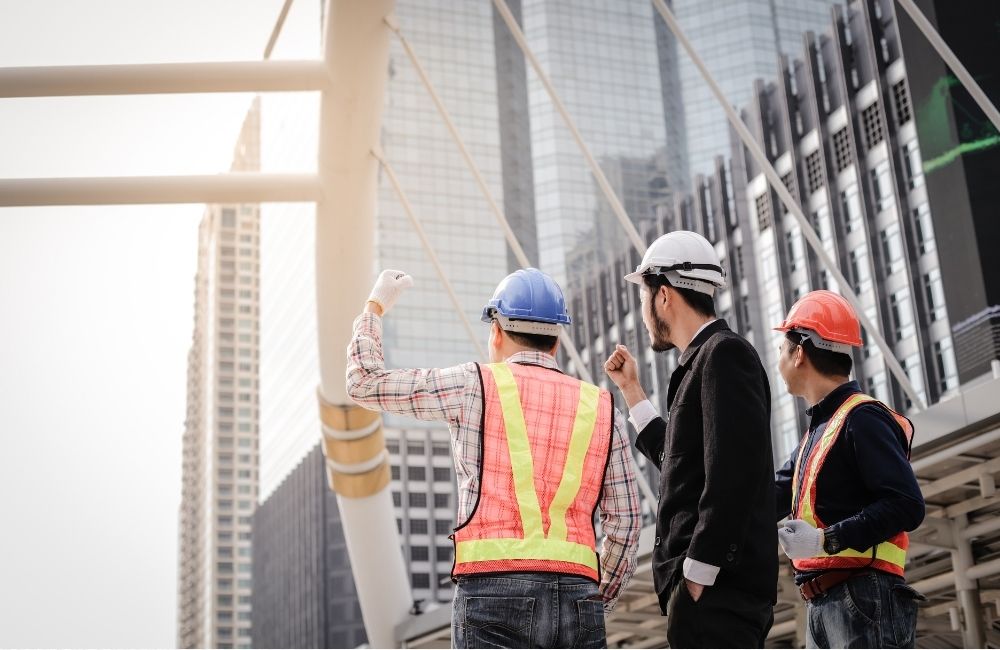
Claris Design•Build is committed to delivering exceptional design build construction solutions tailored to meet each client’s unique needs. By partnering with Claris, clients gain the benefits of streamlined communication, faster timelines, cost-effective solutions, and outstanding craftsmanship. With a unified approach and a team of skilled professionals, Claris Design•Build ensures a smooth process from initial concept to final completion, delivering projects that align with your vision, timeline, and budget.
Reach out today to experience a smarter, more efficient way to bring your construction goals to life with Claris Design•Build.



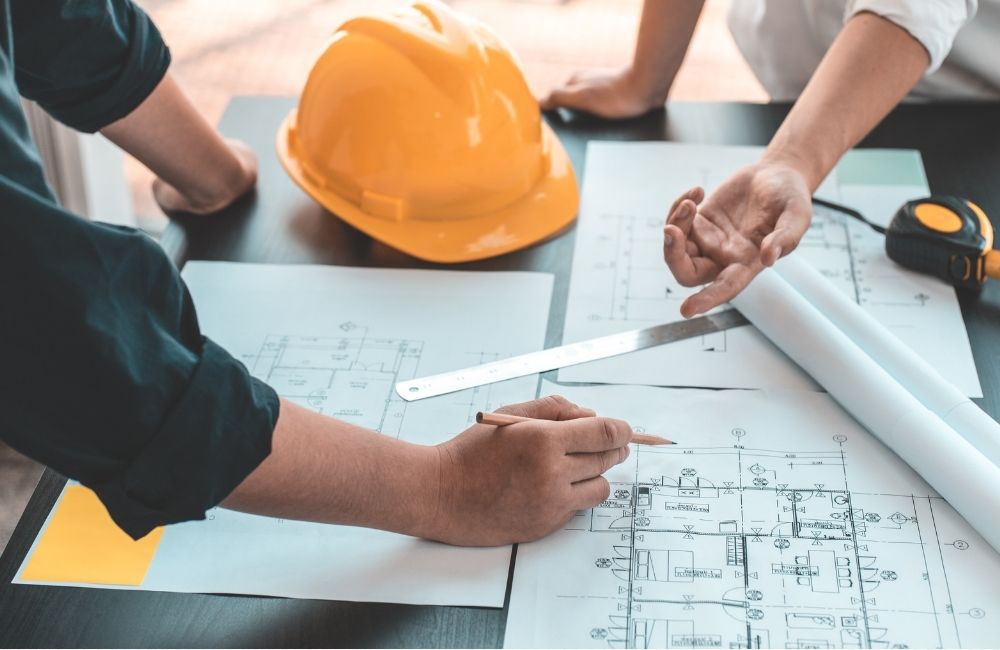
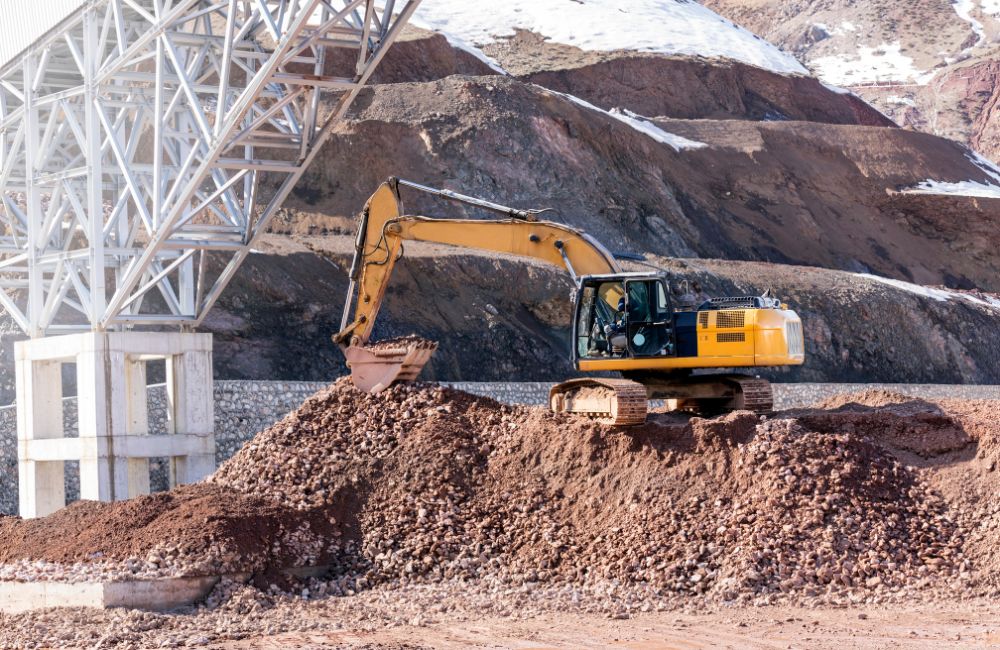
![[2025 UPDATE] Commercial Construction Cost per Square Foot in the US](https://www.clarisdesignbuild.com/wp-content/uploads/2025/04/2025-UPDATE-Commercial-Construction-Cost-per-Square-Foot-in-the-US-3.jpg)
